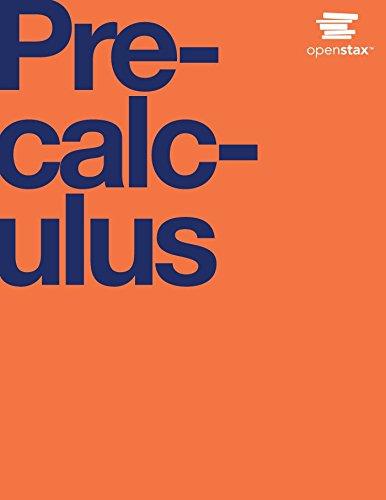For the following exercises, consider this scenario: For each year t, the population of a forest of
Question:
For the following exercises, consider this scenario: For each year t, the population of a forest of trees is represented by the function A(t) = 115(1.025)t. In a neighboring forest, the population of the same type of tree is represented by the function B(t) = 82(1.029)t. (Round answers to the nearest whole number.)
Discuss the above results from the previous four exercises. Assuming the population growth models continue to represent the growth of the forests, which forest will have the greater number of trees in the long run? Why? What are some factors that might influence the long-term validity of the exponential growth model?
Fantastic news! We've Found the answer you've been seeking!
Step by Step Answer:
Related Book For 

Question Posted:





